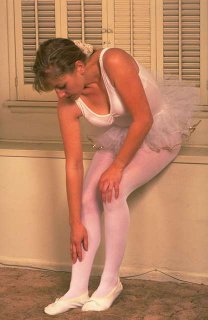Varicose Veins Facts and Statistics
 Varicose veins occur when the vein becomes distended or swollen and the valves which move blood to the heart cannot close properly and start to leak. Blood which should have been pushed back up to the heart leaks downward, pooling in the lower extremities of the body and causing the veins to bulge. These veins are most commonly found in people who sit or stand in one position for prolonged periods of time, people who habitually sit with their legs crossed, and those who lack proper regular exercise. Excess weight, heavy lifting, and pregnancy also increase the likelihood of developing varicose veins as they all put increased pressure on the body. Increasing age, menopause, genetic weaknesses in the vein walls or in their valves, excessive pressure within the veins due to a low fiber diet which causes an increase in straining during bowel movements, and damage to the veins or to their valves resulting from inflammation also increase the risk of developing varicose veins. Varicose veins occur when the vein becomes distended or swollen and the valves which move blood to the heart cannot close properly and start to leak. Blood which should have been pushed back up to the heart leaks downward, pooling in the lower extremities of the body and causing the veins to bulge. These veins are most commonly found in people who sit or stand in one position for prolonged periods of time, people who habitually sit with their legs crossed, and those who lack proper regular exercise. Excess weight, heavy lifting, and pregnancy also increase the likelihood of developing varicose veins as they all put increased pressure on the body. Increasing age, menopause, genetic weaknesses in the vein walls or in their valves, excessive pressure within the veins due to a low fiber diet which causes an increase in straining during bowel movements, and damage to the veins or to their valves resulting from inflammation also increase the risk of developing varicose veins.
Varicose veins may or may not be accompanied by symptoms such as fatigue, aching discomfort, feelings of heaviness or pain in the legs, fluid retention, swelling and pain in the feet and ankles, and discoloration. These dilated and often painful veins affect 50% of middle-aged adults and are twice as common in women as in men.
Smaller varicose veins that are near the surface generally do not pose a serious problem and can be managed with simple home measures. Larger veins and veins that involve obstruction and valve defects of the leg's deeper veins may need medical treatment and if left untreated may cause complications such as bleeding under the skin, deep-vein blood clots, and an eczema-like condition near the affected veins or ulcerated spots near the ankles. These problems are all a result of poor circulatory activity.
|

